AI, Slop, and the Split Future of Digital
by Shirley Marschall on 1st Oct 2025 in News
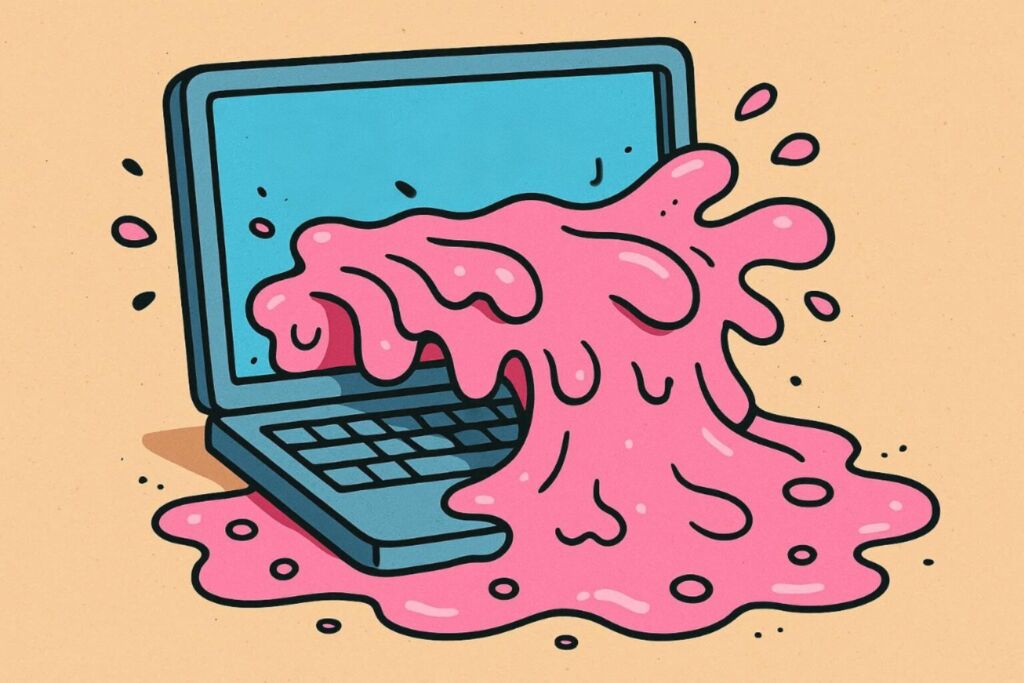
In this week's column, Shirley Marschall turns her attention to the digital future, and why AI slop is set to be the star (?) of the show...
AI is fantastic! The possibilities are limitless! A true revolution! And its biggest achievement might be to push digital back to being an addition to our lives, instead of the very centre of them.
Wait, what?! No! YES, but don’t panic. Ads have always been there and always will be. This is not a declaration of the end of anything.
So why does it feel like something is changing?
Well, if you haven’t been living under a rock, you’ve run into slop, bots, spam, scams, misinformation and whatnot. None of these are new, but the scale and sophistication are. And slop, the star of this mess, shows where things are heading (and no, it’s not a great direction)…
How it started: 24/7 YouTube livestreams filled with AI-generated videos, “5,000 podcasts, 3,000 episodes a week, $1 cost per episode." And slop is spilling over from leisure to work. Enter "workslop": AI-generated content that looks slick but lacks substance. Slides, reports, summaries, even code without context.
How it’s going: Slop is everywhere. Workslop, thinkslop, hot-spicy-popular-unpopular-take slop. Valuable content is increasingly blending into noise, and with every scroll, we encounter more distractions, and each new piece diminishes the overall significance.
Attention is approaching its breaking point, draining our ability to engage. Even the most shocking content barely earns a blink, as we are literally drowning in machine-spun dopamine. There is more to watch, read, click, and react to than ever before and it’s… exhausting.
Herbert Simon captured it decades ago: “A wealth of information creates a poverty of attention.”
Platforms know it, fight it… and enable it. Google, YouTube, TikTok, Spotify, Meta are all trying to deal with AI slop by labelling, detection, filtering, while ironically releasing more and more AI content tools and platforms. Wonderful…
Add bots causing chaos and annoying users and brands alike. No, not the clumsy scripts we used to know. They now mimic human behavior, switching devices, and simulating mouse movements. Harder to spot, and costly when left unchecked. Then top it off with misinformation, where small lies snowball, supercharged by social media or AI, into something that shapes elections, public opinions, and beyond. Throw in a few more scam attacks and people may start valuing offline life again.
At the very same time, the AI hardware war rages: Meta smart glasses, OpenAI’s rumoured devices… and creepy gadgets will keep coming, from smart contact lenses to AI brain implants. The hype cycle says: we’ll ditch phones and wear smart-everything, AI-everything, algorithm-everything.
But equally loud are the questions: are these devices always listening? What happens when 'always-on recording' invades privacy? Shouldn’t innovation excite us, not silently strip away our autonomy? And how do we build systems where performance and privacy can coexist?
No, neither camp will abandon digital. But there will be a split: those diving headfirst into the algorithmic current, chasing whatever the feed throws up next, and The Others, those having an inside conversation with themselves on how to engage with today’s digital world (translation: how to escape this AI-algorithm-hellscape).
The 'others' now crave the calmness of a printed magazine or the dumbness of a Nokia phone. The luxury of disconnection. Retreating to gated spaces: private chats, curated communities, subscription media. Tired of digging through slop to find a gem worth reading. Re-learning to exercise the ability to say yes or no.
Are we glimpsing a dual-digital future: where some people embrace stimulation, while others retreat from it? Maybe a subtle bifurcation, not post, but dual-digital:
The Ever-On. People who want more stimulus, more info, more real-time. Happy to ride the AI/dopamine wave into the sunset. They’ll lean in, embracing smart glasses, AR overlays, immersive environments, always-on AI companions. For them, digital ads will be ultra-personalised, deeply contextual, woven into synthetic layers of experience.
The Selective. People who seek disconnection, calmness, and technology strictly on demand. Digital as an addition, not the centre. They’ll embrace a semi-analog path, lean out, crave something more stable, less engineered, less manipulative. They desire authentic information from trusted sources. For them, digital advertising will still flow, but through 'classic' channels: digital OOH, audio, connected TV. Programmatic, yes. Data-driven, yes. But perceived as less invasive, less synthetic, less exhausting.
And the split won’t map neatly onto demographics. It will cut across age, income, geography. As overheard on LinkedIn: kids now use 'AI' as a synonym for obviously fake, fabricated, preposterous. Which means the fault line will be trust, authenticity, humanity. And no, not just as words pasted into a prompt.
So maybe this is the best sign that AI has great potential. And maybe will finally achieve what tools like screen-time monitoring never managed: making the online world an addition, not the centre, of our lives.
And in times when simply dragging one’s eyes from the small to the big screen already feels like an achievement, debating a “digital second” world may actually be progress.
Is this a biased view of the current state of digital? Of course it is… subjects can’t be objective. And that’s okay. Live and let live. Online, offline, or somewhere in between.
Ad BlockingAd SpendAd TechAdvertisingAgencyAgentic AIAIAugmented RealityBig TechGen ZSlop


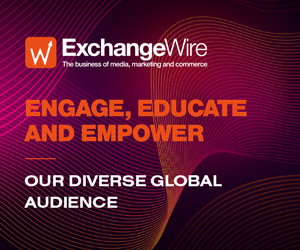


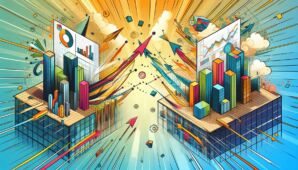
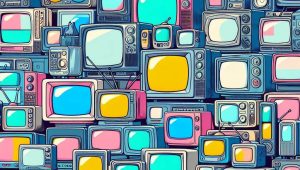

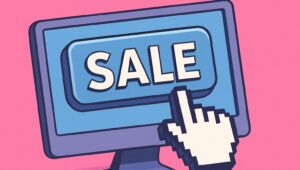
Follow ExchangeWire